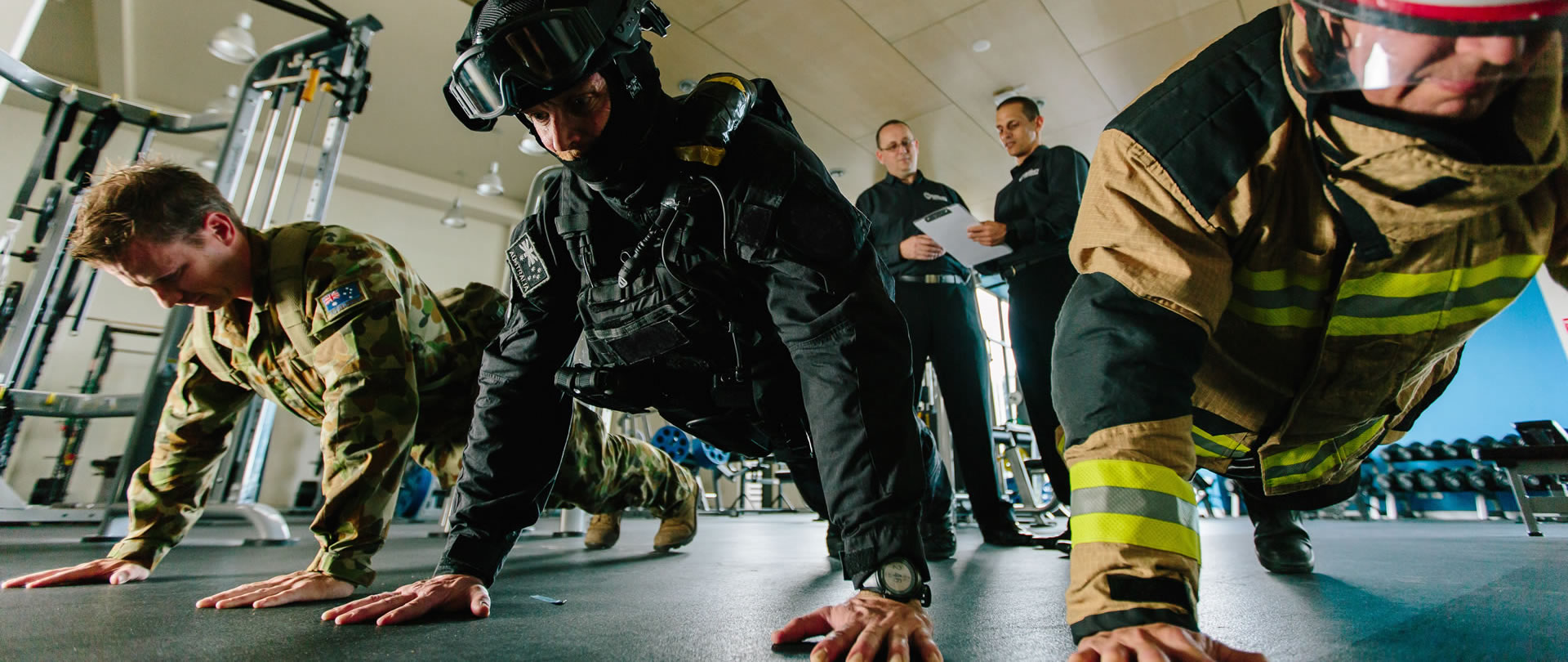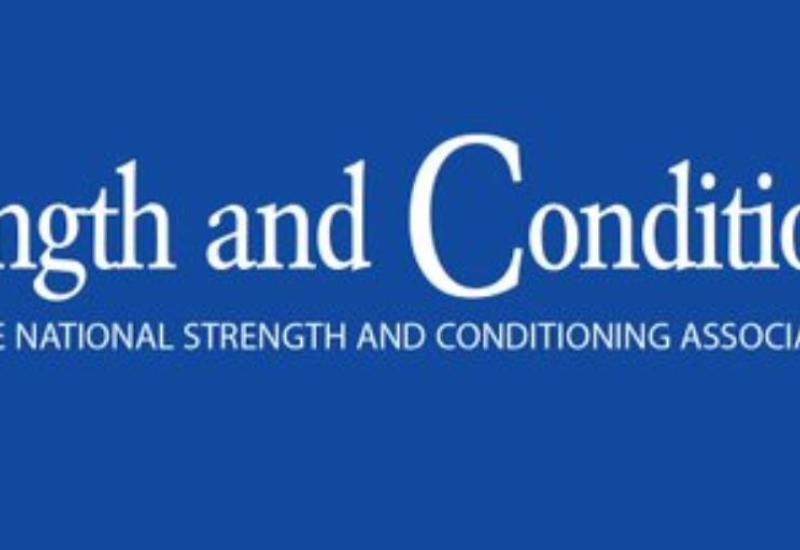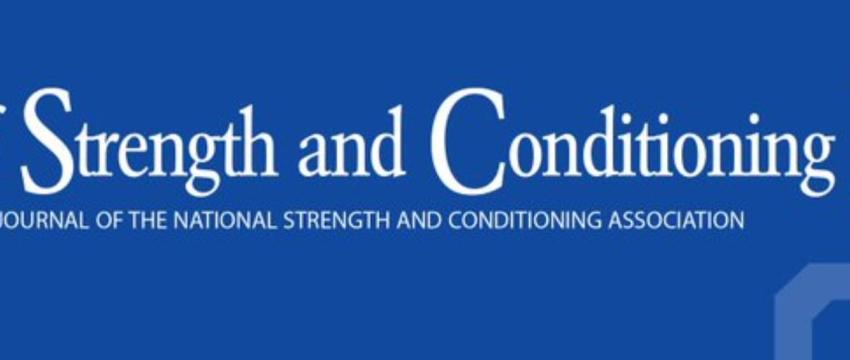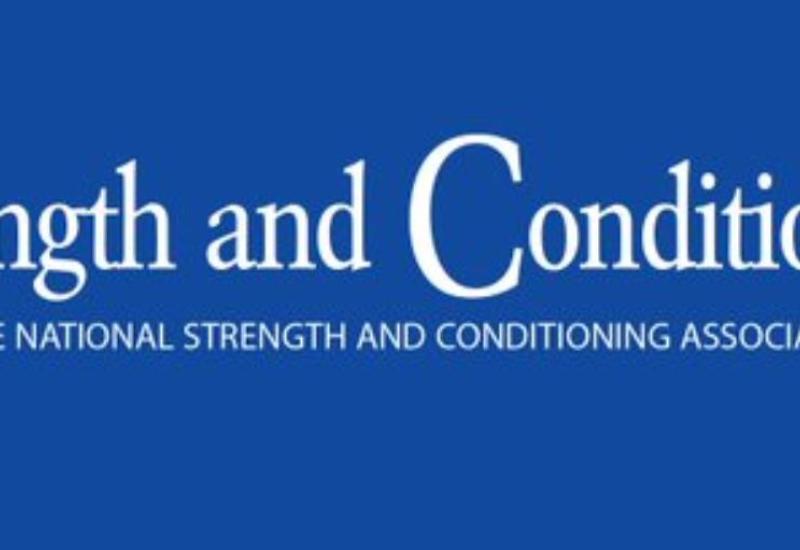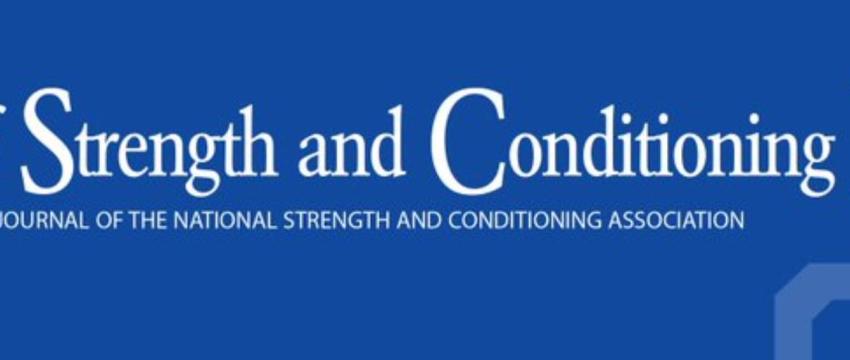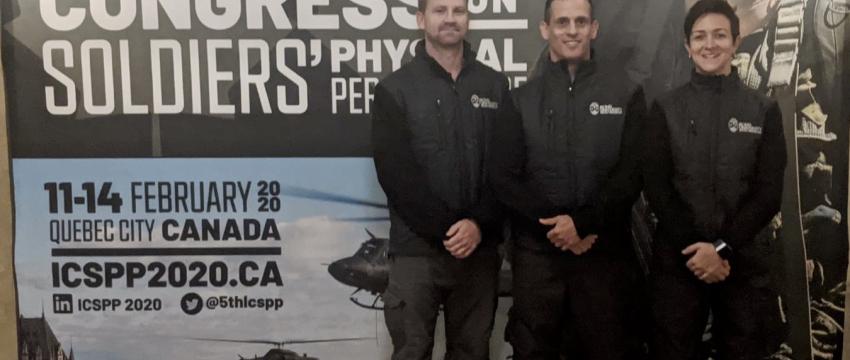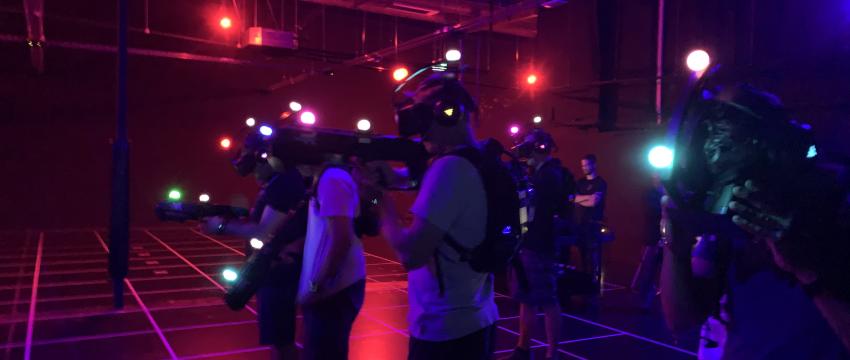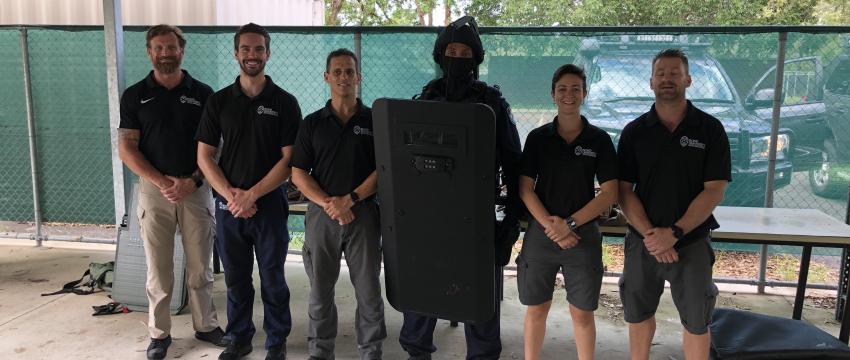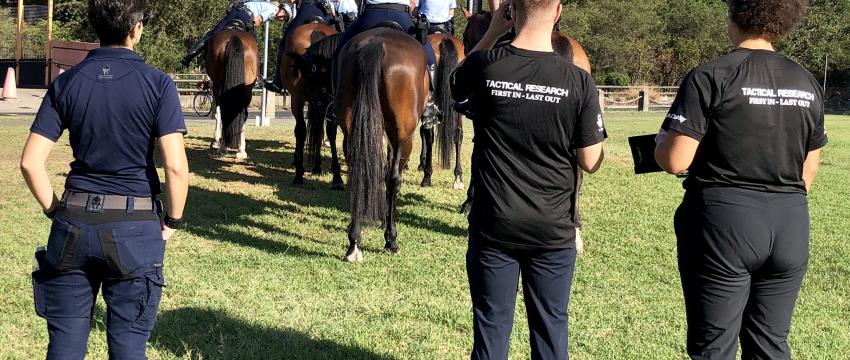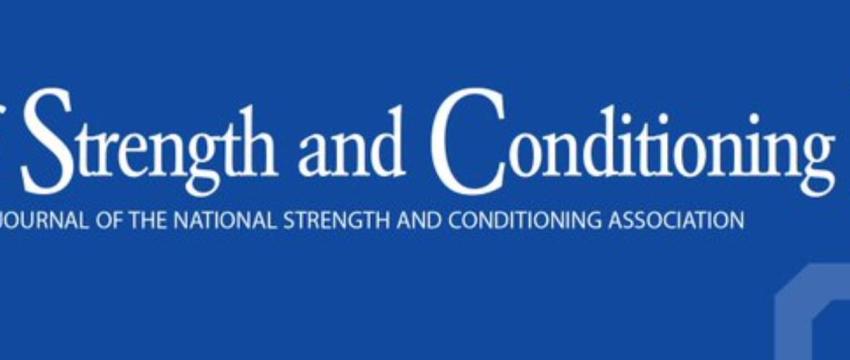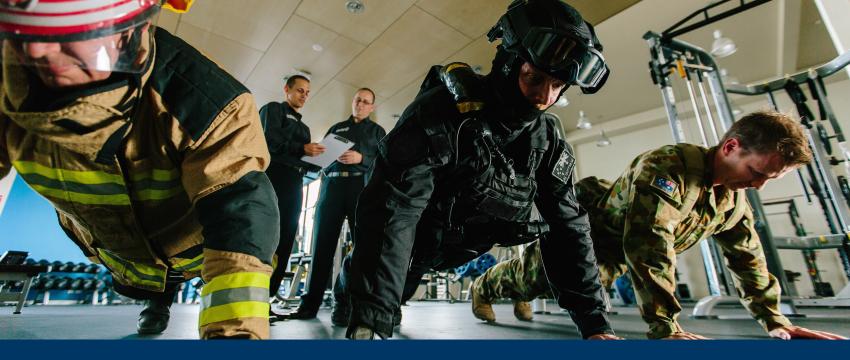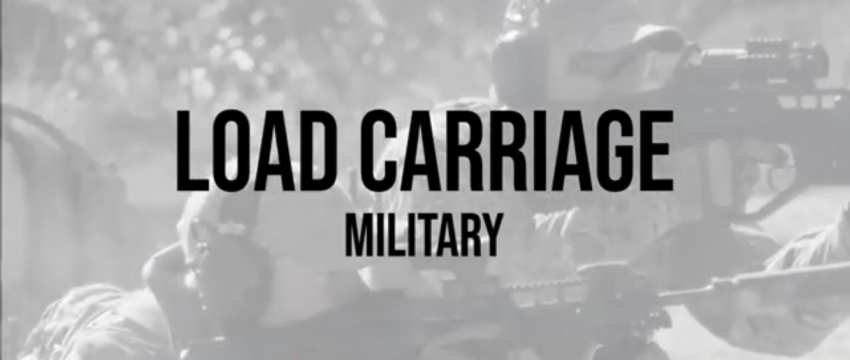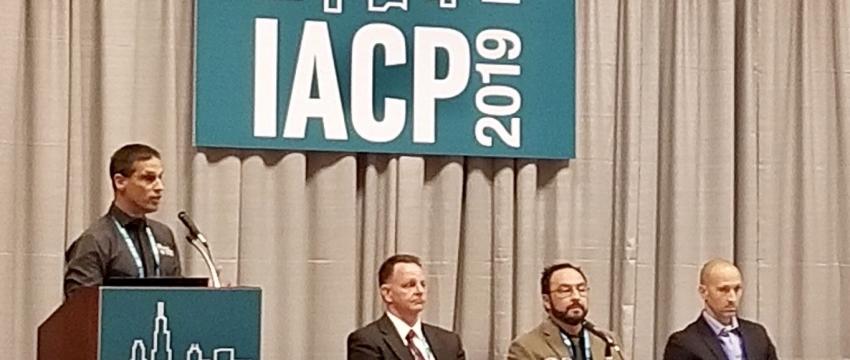Latest News
New article alert!
ABSTRACT
Between-class comparisons, percentile rankings, and implications for physical training. J Strength Cond Res 34(4): 934–941, 2020—Law enforcement can be a physically demanding profession. Many agencies use a “one-size-fits-all” academy training approach, which may not be optimal for all recruits. There is also little information that benchmarks fitness of law enforcement recruits. The purpose of this study was to analyze between-academy class differences in fitness, as well as produce normative data for the development of strength and conditioning programs. A retrospective analysis of 908 recruits (761 men and 147 women), comprising 11 classes from one agency, was used. Fitness assessment data included push-ups, sit-ups, and mountain climbers in 120 seconds; pull-ups; 201-m run; and 2.4-km run. A one-way analysis of variance with a Bonferroni post hoc adjustment revealed that fitness varied significantly between classes. Class 11 completed less sit-ups than 6 other classes (p ≤ 0.033) and were slower in the 201-m and 2.4-km run than 5 classes (p ≤ 0.005). Class 7 completed less push-ups than 3 classes (p ≤ 0.036) and less mountain climbers and were slower in the 201-m run than 5 classes (p ≤ 0.005). Individual recruit analysis and percentile data indicated a wide spread of all assessment results and the effects upon female recruits. For example, 81% of women completed ≤2 pull-ups and were in the bottom 2 percentile bands; 72–76% of women were in the bottom 3 bands for push-ups and the 201-m run. Fitness varies from class-to-class, and female recruits will generally be less physically fit. Training staff should ideally implement individualized, ability-based programming where appropriate to train their recruits.
New article alert!
The Relationship Between Strength Measures and Task Performance in Specialist Tactical Police
ABSTRACT
Specialist tactical police officers (STPOs) carry heavier on-body loads than generalist police officers. Improvements in strength may mitigate the impacts of these heavier loads. The aim of this investigation was to determine the correlations between absolute and relative strength measures and occupational task performance in STPOs. Retrospective data were provided for 47 male specialist police officers from an elite Australian police unit. Data included body mass (mean = 89.0 ± 8.58 kg), strength measures (1 repetition maximum measures for a bench press, squat, deadlift, and pull-up), and task performance measures (85-kg victim drag wearing 15 kg of operational load and 5-km pack march wearing 40 kg of operational load). Pearson's correlations were conducted to determine relationships between measures and were plotted on a linear regressions model. Significant, moderate to strong correlations were found between all strength measures and victim drag performance and significant negative moderate correlations between relative bench press, absolute and relative squat, and absolute and relative pull-up and pack march times. The absolute deadlift had the strongest correlation to the victim drag (r = 0.747, p < 0.01) while the relative pull-up showed the strongest correlation with pack march performance (r = −0.466, p < 0.01). The requirement to lift a portion of the dummy off the ground during the victim drag may explain the increased importance of absolute strength while the requirement to transport load affixed to the body may explain the importance of relative strength requirements. Improvements in absolute and relative upper- and lower-body strength may improve task performance in this population.
5th International Congress on Soldier Physical Performance
5th International Congress on Soldier Physical Performance
The TRU team have just returned after another successful congress. 14 Poster and 4 Podium presentations, collaborations, network meetings and formal and social events kept team busy.
From the Field: VR Stress
From the Field: VR Stress
The Tactical Research Unit and Bond University's Doctor of Physiotherapy students hit Zero Latency last night to capture data on VR stress responses and their differences between tactical and non-tactical personnel when stacking zombies. Thanks Zero Latency Brisbane for all the support.
From the Field: Reaper Shield Support System
From the Field: Reaper Shield Support System
The Tactical Research Unit from Bond University together with Doctor of Physiotherapy students were out in force capturing data on the mobility and lethality of specialist police officers wearing full gear both with and without a REAPER load distribution system
From the Field: Mounted Police
From the Field: Mounted Police Research
TRU staff and Doctor of Physiotherpay students are in the field collecting data for the NSW Mounted Police. The research is investigating task, injury and physical requirement differences and challenges faced by these officers
New article alert!
A Follow-up Research Note: 2.4-km Run and 20-m Multistage Fitness Test Relationships in Law Enforcement Recruits After Academy Training
Abstract:
The 2.4-km run and 20-m multistage fitness test (20MSFT) are common aerobic fitness tests in law enforcement. Previous research analyzed relationships between these tests in recruits, and indicated limited transferability due to disparate demands (direction changes and running intensity). However, the correlations between 2.4-km run and 20MSFT in recruits after academy training may be different, where recruits should be fitter and able to complete high-intensity running efforts. This study documented changes in and relationships between the 2.4-km run and 20MSFT in law enforcement recruits after academy training. Retrospective analysis on 6 academy classes (276 males and 50 females) from one agency was conducted. The 20MSFT and 2.4-km run were completed before and after academy training. Estimated VO2max was derived from 2.4-km run time and the 20MSFT shuttle number. Paired-samples t-tests ascertained whether the 2.4-km run and 20MSFT improved after academy. Correlations and linear regression derived relationships between the 2.4-km run and 20MSFT. Recruits improved in the 2.4-km run and 20MSFT (p < 0.01). There were significant correlations between the 2.4-km run and 20MSFT for all recruits (r = −0.49), males (r = −0.48), and females (r = −0.29). However, the regression equations for all recruits (r2 = 0.24), males (r2 = 0.23), and females (r2 = 0.08) were low. The results suggested that there were disparate aspects to the 2.4-km run and 20MSFT in law enforcement recruits after academy training. Although aerobic fitness improved, there are likely other aspects important to the 20MSFT not developed during academy (change-of-direction ability and high-intensity running). This could impact the between-test relationship.
Talking load carriage with ADA
Dr Rob Orr talks military load carriage into the future with Jason Semple from ADA
The International Association of Chiefs of Police conference
The IACP conference, which has been running for 126 years was attended by around 20,000 delegates, had over 660 exhibitors and was addressed by the President of the United States, Donald Trump. Dr Orr showcased the work conducted by the TRU on fitness assessments and testing, together with TRU collaborators Dr Jay Dawes (Oklahoma State University and Bond Adjunct), Dr Robert Lockie (California State University-Fullerton) and LT Joe Dulla (LA Sheriff’s Department and new HDR student at Bond University) who presented the translation of this research and its impacts on local law enforcement agencies. Presenting in the International Managers of Police Academy College Training (IMPACT) stream the team are already focusing on research to inform next years conference in New Orleans in 2020 with a focus on the successful selection, training, and retention of female police officers.
